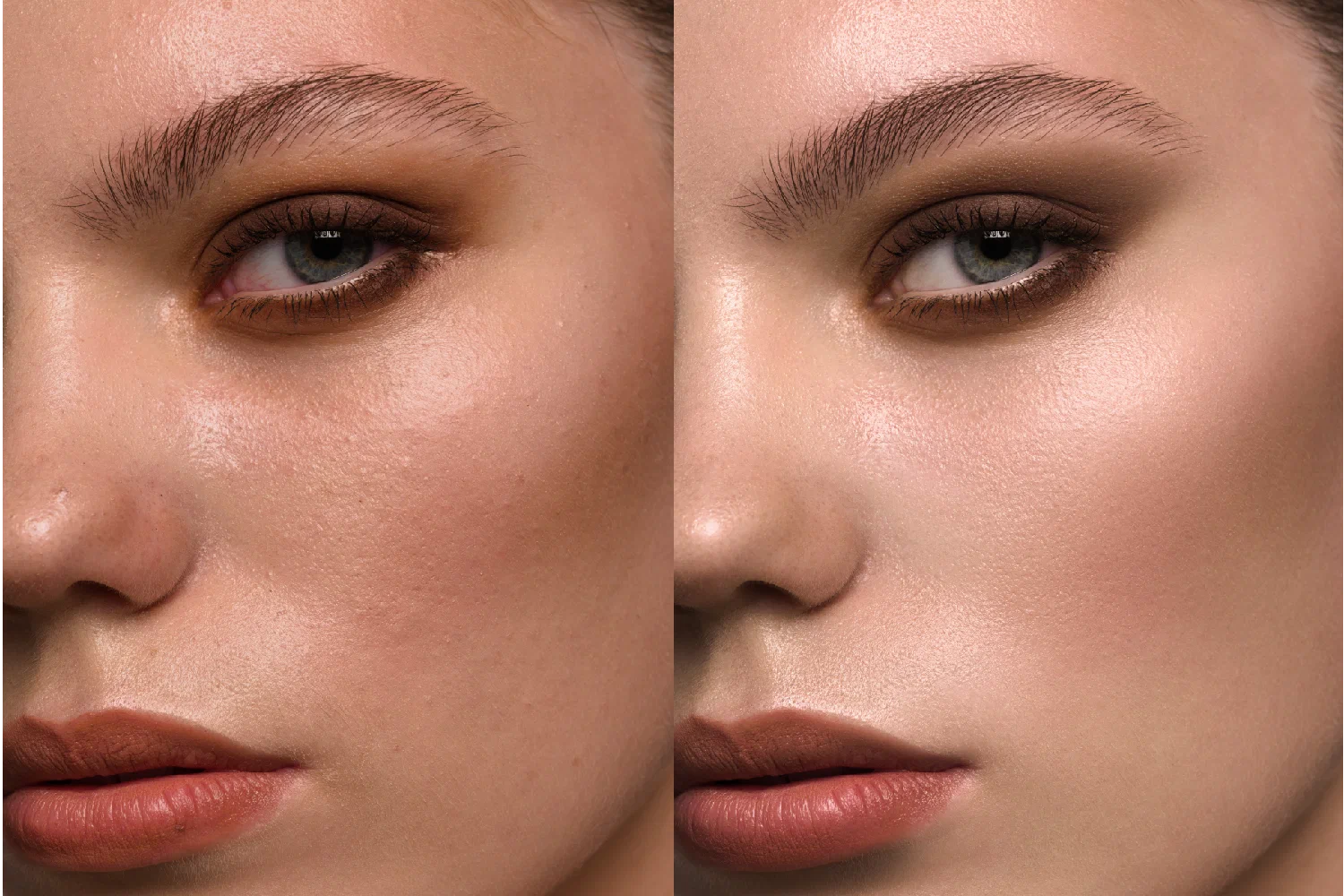
In the era of digital technologies and the wide possibilities of photo editing, it is easy to fall into temptation - to muffle every shadow, smooth out each line, erase the slightest imperfection. But really expressive photography does not always require large -scale transformations. Sometimes it is in minimalism that the true power of the image lies.
On the blog Edit With Gimp We support the idea of a conscious post -cutting. The minimalistic retouch is an approach in which you do not strive to change the image, but emphasize its essence. This is a choice in favor of naturalness, respect for the source material and the desire for honest visual aesthetics. Today we will talk about how to use GIMP to create photos that breathe and live, maintaining individuality and depth.
The minimalist retouching is the philosophy of moderate intervention. The purpose of this approach is not to transform, but to strengthen. This approach is especially relevant in portrait and street photography, where naturalness, emotions and living interaction with the surrounding space are important.
Minimalism in retes is built on the following principles:
Before the start of retouching, it is important not just to open an image in the editor, but to understand his mood. What is important in it? Where is the focus point? What details work for perception, and which interfere?
In GIMP, it is convenient to duplicate the original layer to compare the stages of editing. Use scaling tools to evaluate the picture both at the general level and in details. Often, in first glance, the strokes that form the integrity of the frame lie in the areas that are invisible at first glance.
Instead of global color correction - work with separate areas:
In GIMP, this can be implemented using masks of layers, gradient filling and curves tools. A suitable palette is not always saturated - often minimalism requires muffled and airiness.
The texture is one of the key elements of naturalness. Instead of its smoothing it, it is better to work pointily:
As a result, the skin retains its living breathing, and the surface of the objects remains recognizable and reliable.
Minimalism does not tolerate too much. The cross -cutting of the frame, excluding visual noise, often becomes more effective than any filters:

In GIMP, it is convenient to work with guides, proportions of the sides and nets - all this helps to accurately determine the visual center and build a frame based on the logic of perception.
To emphasize the parts, it is not at all necessary to use an aggressive increase in sharpness. In a minimalist approach, it is better to use delicate methods:
This approach allows you to direct attention to the necessary elements, without making a picture of the "screaming."
Instead of adding artificial lighting, use existing light sources:
Light is not only a physical characteristic, but also an emotional component of the image. He creates a mood, directs his eyes, forms meaning.
Minimalism is the ability to stop in time. Learn to distinguish where the editing improves, and where it overloads. Pause. Compare intermediate versions. Ask yourself the question: does this help the image to speak clearer?
If the viewer does not notice the retouch, but feels the atmosphere - you are on the right track.
A minimalistic retouch is not just a way to process photos. This attitude to the image as an independent work in which every detail is important. This approach requires sensitivity, attentiveness and respect for the starting frame.
By editing photos in GIMP, you get tools that allow you to act accurately and delicately. Blog Edit With Gimp It is inspired by the idea that photography can be strong and touching without unnecessary jewelry. Let your every frame breathe, he says, remains alive - after all, genuine beauty is born in simplicity.
Jody O'Ryan
I really enjoyed your blog! You write in a very interesting and informative way.
Mari John
The first thing I want to write is THANK YOU very much for the interesting blog. Write interestingly, competently (which is now very rare) and today I brought your blog to my "speed dial" of constantly visited resources.